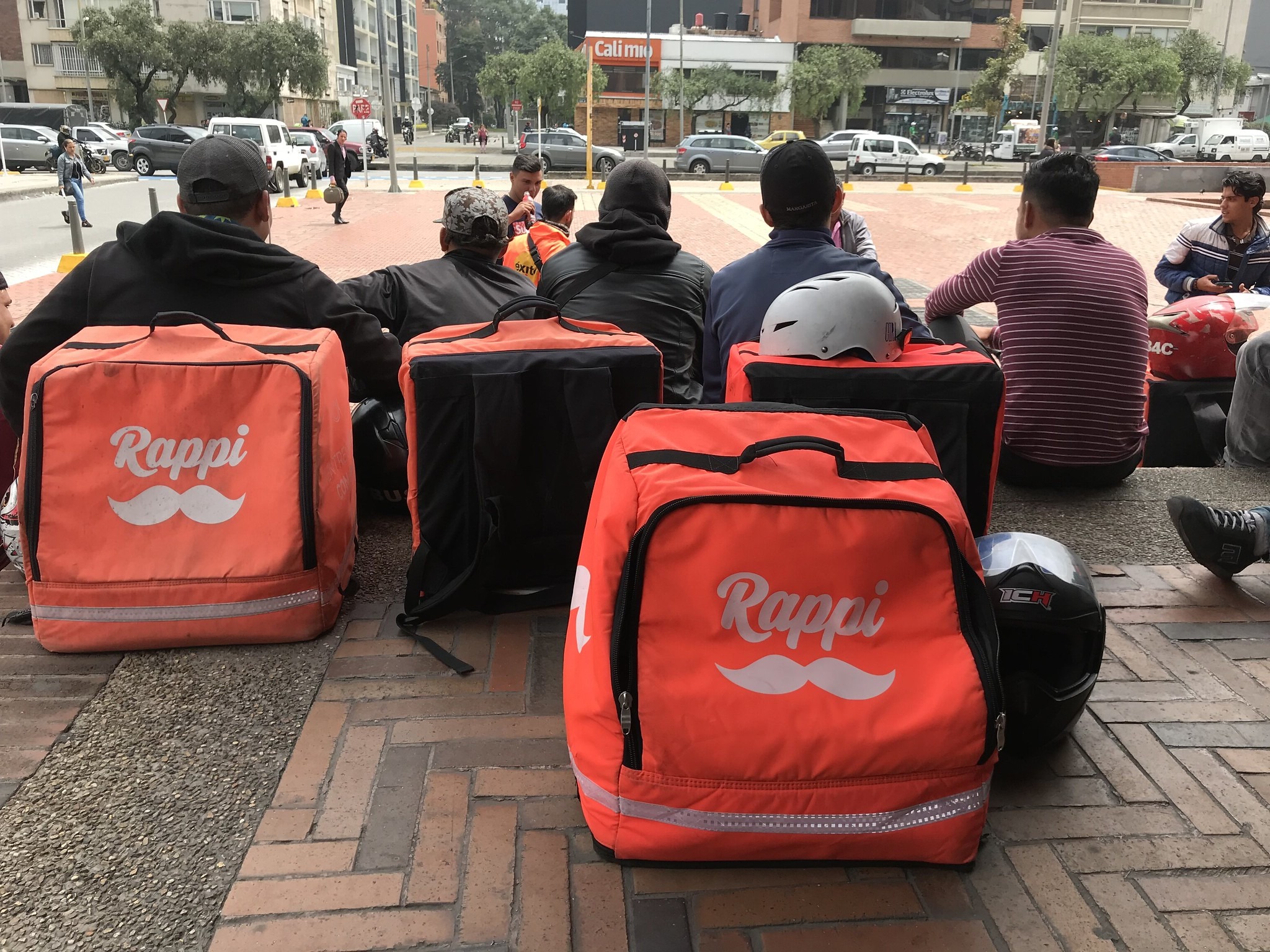Migrations generate great social transformations. These changes, especially in countries receiving massive migratory flows in short periods of time, often end up leading to complex situations regarding issues such as cultural adaptation or employment. Venezuelan migration in Colombia has had a strong impact on various aspects of Colombian society and implies great challenges. However, contrary to what many believe, available data does not seem to indicate that Venezuelan migrants have significantly affected Colombian labor opportunities, except in the low-skilled informal sector.
Venezuela and Colombia have a long history of population movements. In the second half of the 20th century, hundreds of thousands migrated to Venezuela in search of work and opportunities for advancement. Towards the end of the last century, the area of Norte de Santander and South Santander (Cúcuta and Bucaramanga) developed well as sources of food and manufactured goods for the Venezuelan market. Permanent migration probably decreased, but a business fabric and labor market was created across borders (without government intervention, except in very special cases). In the last decade, however, the flow reversed and a tide of Venezuelans has crossed the border in search of a better life. The migratory movement over the years has been so important that today it is not known for sure how many of the recent immigrants are Venezuelans and how many are Colombians or descendants of former emigrants returning to the country.
What is known is that the migratory flow has increased considerably since 2013. Some sources indicate that between 2013 and 2017 the number of Venezuelans quadrupled, exceeding half a million. According to the National Department of Statistics, Colombia (DANE), in 2019 there were already 1.77 million, more than the size of Barranquilla, Colombia’s third largest city (1.27 million inhabitants). The pandemic, however, not only slowed migration, but generated a reverse flow with the reduction of 41 thousand Venezuelans in one year.
The return of Venezuelans because of the lack of opportunities due to the pandemic seems to indicate that at least a proportion of them are sensitive to economic and/or political changes in the two countries. Recent measures by the Colombian government to allow Venezuelans to obtain citizenship in a short period of time will probably accelerate the migration process, but will not necessarily free them from immigrant status.
On the other hand, the migrant population is on average significantly younger than the Colombian population. According to DANE, almost six out of ten Venezuelans are under 25 years old, compared to just over four out of ten among Colombians. In addition, almost a quarter of Venezuelans are 10 years old or younger.
Immigrants and the labor market
The effect of Venezuelan migration on the Colombian labor market is not easy to evaluate since there are not enough data or studies. However, it is possible to put forward some hypotheses based on what is known. Clearly, this new population constitutes an increase in the labor supply and will possibly have economic effects on employment and remuneration levels. But it is also a factor of increased demand for goods and services that generates market expansion and opportunities for production expansion.
To understand the impact on the labor market, it is necessary to take into account the fact that almost a quarter of migrants are 10 years old or younger and therefore do not participate in the labor market. In addition, according to data from Migration Colombia, only 44% are regular immigrants, which implies that the vast majority are in the informal and low productivity sectors.
In general, Venezuelan immigrants, especially recent and low-skilled ones, have been located relatively close to the border, especially in the cities of Cúcuta, Barranquilla, Cartagena, the department of La Guajira and the northern coastal areas. However, a good proportion has reached Bogotá (almost 600 kilometers away). In terms of occupation, they are predominantly employed in personal services that require little qualification, such as beauty salons and hairdressers, home delivery and informal commerce.
The only known economic statistical research on the effect of migrants from Venezuela was done in Ecuador, where the relative weight of immigration to the country’s population is similar to that of Colombia (about 3%) and the migrant characteristics are similar. The study, “The Labor Market Effects of Venezuelan Migration in Ecuador”, concludes that in the case of Ecuador no significant effect of migration on the labor market in general can be found, but a reduction in the quality of employment and income among young people with low educational levels is observed. Given the similarities, it is conceivable that something similar is happening in Colombia.
Photo by Carlos Felipe Pardo











